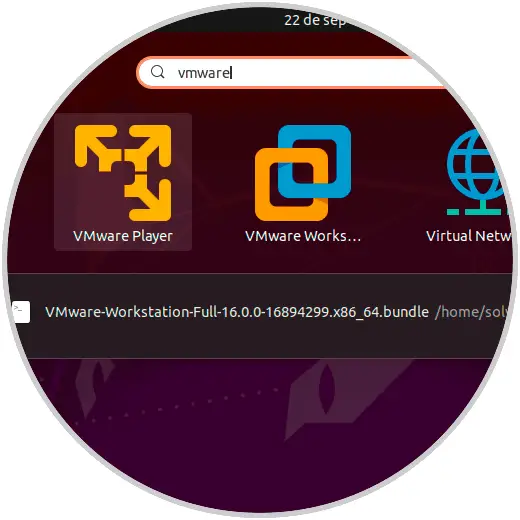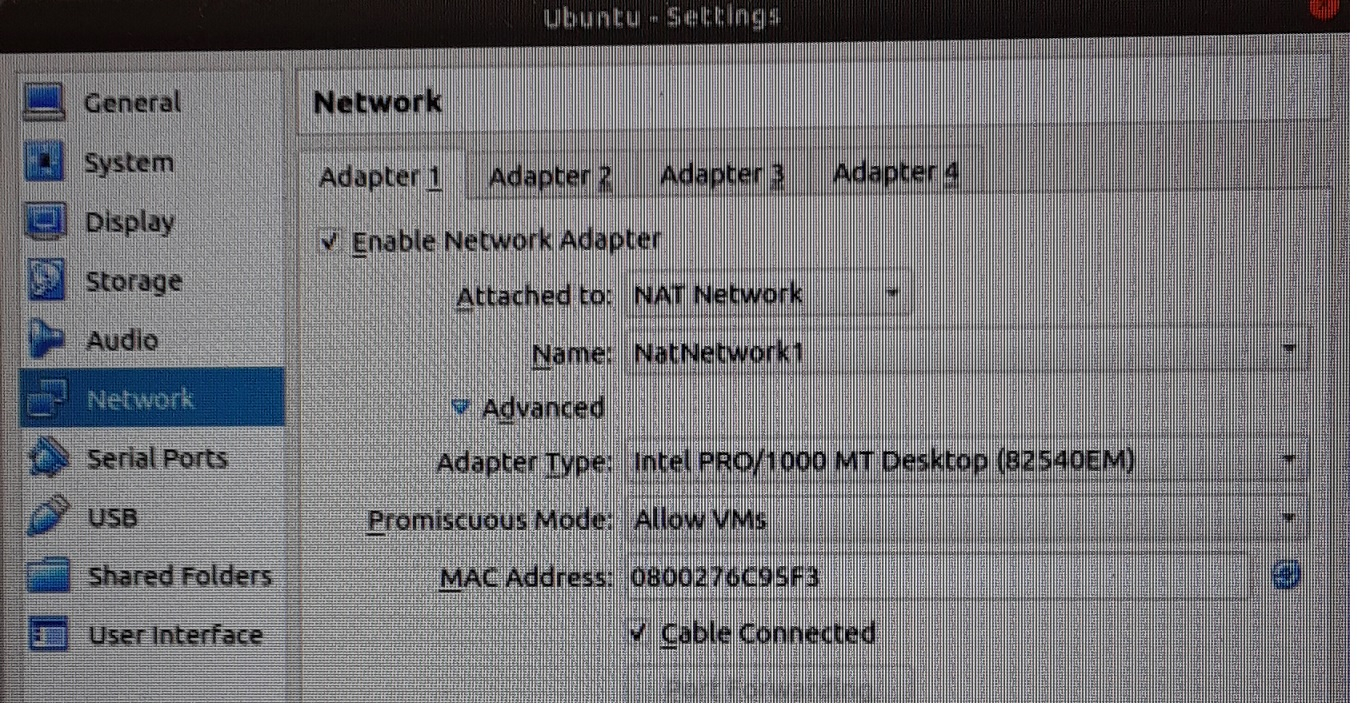
Installing Ubuntu from the Ubuntu Live ISO Image.

Installation of Linux Ubuntu 20.04 LTS in a Hyper-V Version 2 Virtual Machine with a UEFI BIOS, Secure Boot and Machine Owner Key (MOK).

To launch the Player, open the Activities search bar, type “VMware Workstation Player” and click on the icon. 100%Īt this point, you have the VMware Workstation Player installed on your Ubuntu system. During the installation, you will see information about the progress. The installation may take several minutes. The -required option forces to installer to display only the required questions. The installation is pretty straightforward, just run the installer and follow the on-screen instructions: sudo. Once the download is completed, make the installation file executable: chmod +x getplayer-linux The command will download the latest version of VMware Player, which at the time of writing this article, is version 16.1.0. The latest version of VMware Workstation Player is available for download from the VMware downloads page Open your terminal and run the following commands: sudo apt update sudo apt install build-essential linux-headers-generic The first step is to install the build dependencies. Installing VMware Workstation Player on Ubuntu # Prerequisites #įor proper installation and operation of VMware Player, your system should meet the following requirements: This article describes how to install VMware Workstation Player on Ubuntu 20.04.

If you are looking for an open-source virtualization platform, you should try Oracle’s VirtualBox VMware Player is not open-source, and it is free only for personal non-commercial use. With VMware Player, you can create and run your own virtual machines and evaluate software distributed as a virtual appliance from many software vendors available from VMware’s Solution Exchange The Linux Command Line Series: An Introduction To Linux Commands


 0 kommentar(er)
0 kommentar(er)
